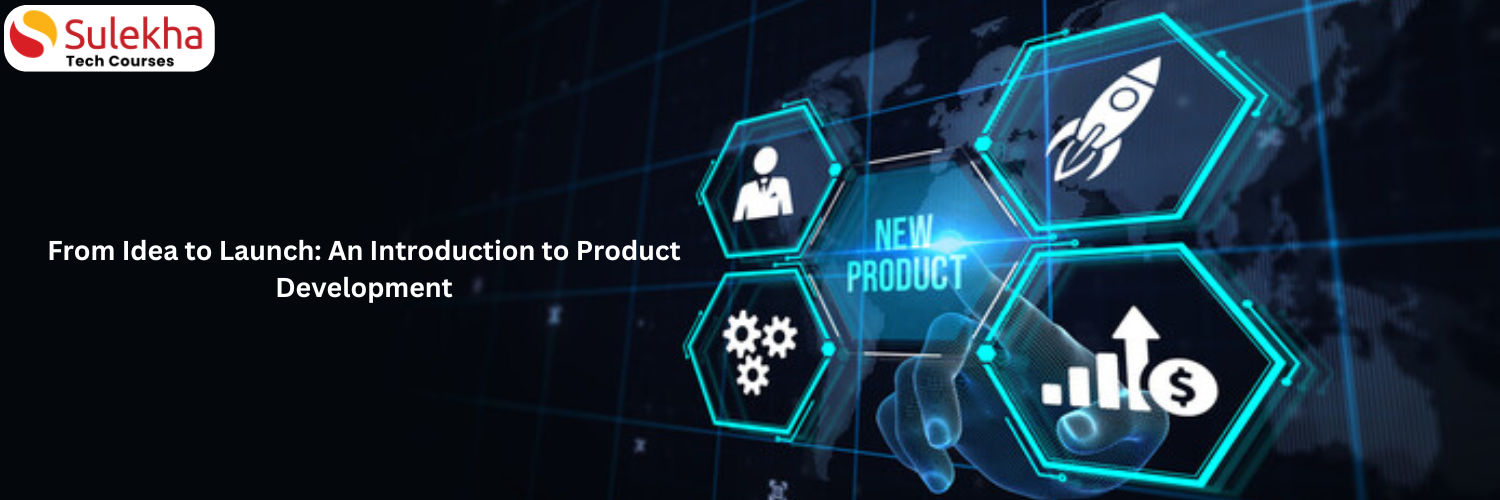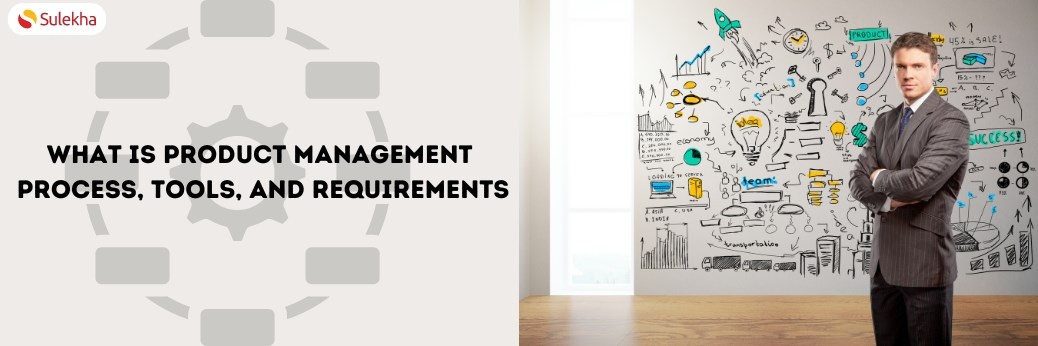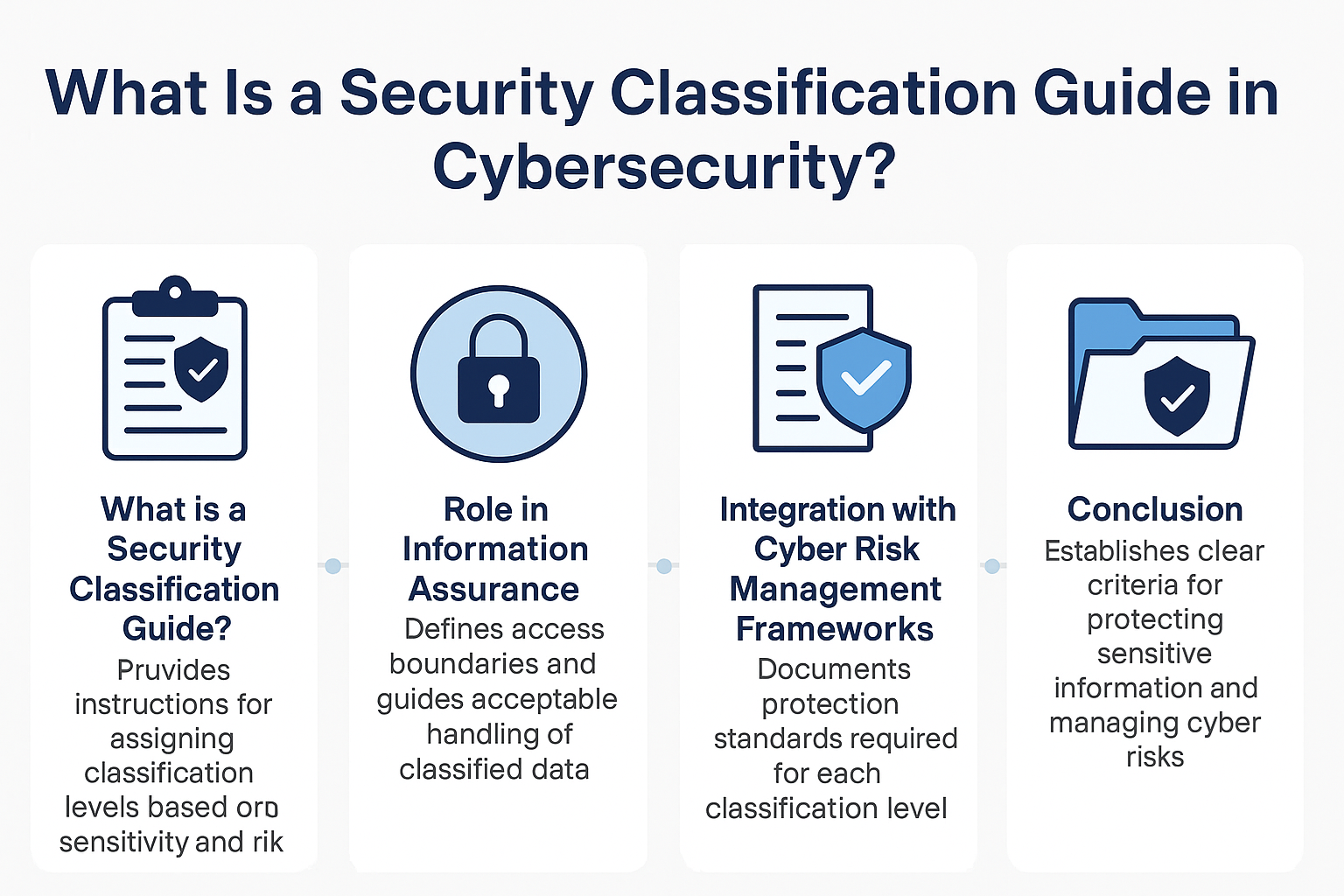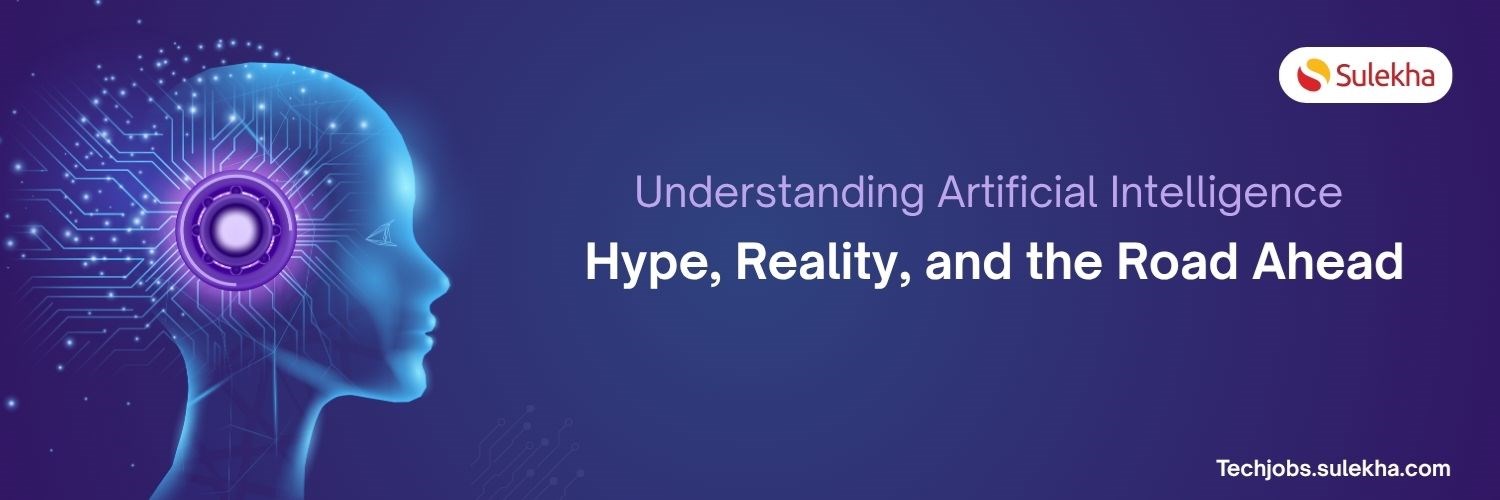From Idea to Launch: An Introduction to Product Development

Bringing innovative ideas starts with mastering product development concepts that bridge creativity and practicality. Whether its concept development of a product to meet market needs or delving into concept development in product design to refine functionality and aesthetics, the journey from idea to reality is fascinating. With new product concept ideas, businesses can reimagine possibilities and craft solutions that resonate with their audience, setting the stage for groundbreaking success. Let’s explore how these concepts shape the future of product innovation!
A Comprehensive Guide to Effective Product Development
Product development is a critical process that involves the creation and marketing of new or rebranded products and services. This structured approach not only helps businesses grow their market share but also ensures they meet consumer demands effectively.
Below is a detailed overview of the essential methods and steps involved in successful product development.
The Significance of Market Research
Understanding Your Audience
Market research is the cornerstone of product development. It enables businesses to define their target market, identify customer needs, and understand consumer behavior. By analyzing competitors, companies can strategize on how to capture a larger market share and tailor their products accordingly.
5 Key Methods of Product Development
Market Research
Conducting thorough market research helps in identifying consumer preferences and market trends, which inform the entire development process.
New Product/Service Concept Development
This stage involves brainstorming ideas, screening them for feasibility, and designing potential products or services that align with market needs.
Prototype Development
Prototypes are crucial for testing different designs before finalizing a product. Advanced technologies are often employed to create these prototypes, allowing for effective evaluation.
Product Testing & Evaluation
Once prototypes are ready, they undergo testing by stakeholders such as customers and technical experts to ensure they meet expectations in terms of functionality and performance.
New Product/Service Launch & Launch Plan Development
A well-crafted launch plan is essential for introducing the product to the market. This plan is informed by feedback from testing phases and competitive analysis.
Guidelines for Successful Product Development
• The PDMA/PDI guidelines provide a framework for ensuring that new products or services are unique and meet customer expectations:
• Uniqueness: Ensure that the product stands out from competitors.
• Market Readiness: The product should be innovative yet feasible within existing market conditions.
• Brand Identity: Establish a strong brand presence that resonates with consumers.
• Customer Needs: Focus on delivering value that addresses customer pain points effectively.
Before exploring steps in product development, we need to understand pre-determined rules for developing new products and services.
• New product pricing
• Idea screaming
• Concept development and testing
• Business analysis
• Commercialization
• Beta testing and market testing
• Technical implementation
• Idea generation
These are the key rules, you need to foocus before developing any new product or serivces.
Steps in the Product Development Process
Idea Generation
Initiate the process by brainstorming innovative ideas based on market analysis and consumer insights.
Screening
Evaluate ideas for feasibility using methods such as competitive analysis and financial modeling to determine viability.
Design
Create detailed designs for prototypes, considering materials and aesthetics that align with consumer expectations.
Development
Enhance prototypes by integrating necessary components, ensuring they are functional and ready for testing.
Business Analysis
Conduct a thorough business analysis based on the four P's: product, price, placement, and promotion to strategize effectively.
Testing/Analysis
Test prototypes with target users to gather feedback on usability and functionality, which informs further development.
Quality Control
Ensure that final products meet quality standards through rigorous inspection and adjustments based on feedback.
Market Testing & Launch
After thorough testing, introduce the product to the market with a comprehensive marketing strategy that leverages insights gained throughout the development process.
Innovative Approaches in Product Development
Fuzzy Front End Design Thinking
This method emphasizes creativity during the initial stages of product development through collaboration among stakeholders. Key steps include:
• Identifying design criteria- We should brainstorm new ideas regarding new products or services.
• Analyzing ideas for feasibility- We should analyze the product to make the necessary improvements for the customers.
• Generating concrete concepts- The process of turning abstract ideas into tangible, actionable product concepts.
• Prototyping preliminary versions- Creating initial models or prototypes to test and validate the feasibility and design of the product before full-scale development.
• Finalizing product development based on business value- Refine and complete the product design and features to deliver to its target market.
Design Thinking Methodology
Design Thinking focuses on user experience by understanding user needs through an iterative process involving:
1. Empathizing with users.
2. Defining key problems.
3. Generating innovative solutions.
4. Prototyping concepts.
5. Testing solutions with users for feedback.
Who is part of the product development team?
A product development team is typically a cross-functional group of professionals with various skills and expertise to take a product from concept to launch. Key members include:
1. Product Manager
2. Product Designer
3. Engineers/Developers
4. Quality Assurance (QA) Specialists
5. Marketing Team
6. Sales Team
7. Finance Team
8. Legal/Compliance Team
9. Customer Support/Service
Conclusion
Product development is an ongoing journey that requires strategic planning at every stage. By following structured methodologies and guidelines, businesses can innovate effectively, ensuring their products meet and exceed consumer expectations in a competitive marketplace.
Take the next step towards your professional goals in Product Management
Don't hesitate to talk with our course advisor right now
Receive a call
Contact NowMake a call
+1-732-338-7323Related blogs on Product Management to learn more

Project Management Lifecycle: A Guide to the 5 Essential Phases
Project management is at the heart of every successful business initiative. Whether you're developing a new product, launching a marketing campaign, or overseeing any other project, following a structured process can make all the difference. Understa

What Is Product Management Process, Tools, and Requirements
What Is Product Management Process, Tools, and Requirements Product management is demanding due to the need for constant multitasking, balancing technical and business aspects, and managing diverse stakeholders. Additionally, the pressure to delive

PMP Certification Training and Course Agenda for learners in Islandia, New York
PMP Certification Course: This course is for project managers, who leads projects and directs different teams of professionals. Project Management Certification training teaches various project management procedures such as project setup, team build
Latest blogs on technology to explore

Cyber Security in 2025: The Golden Ticket to a Future-Proof Career
Cyber security jobs are growing 35% faster than any other tech field (U.S. Bureau of Labor Statistics, 2024)—and the average salary is $100,000+ per year! In a world where data breaches cost businesses $4.45 million on average (IBM, 2024), cyber secu

SAP SD in 2025: Your Ticket to a High-Flying IT Career
In the fast-paced world of IT and enterprise software, SAP SD (Sales and Distribution) is the secret sauce that keeps businesses running smoothly. Whether it’s managing customer orders, pricing, shipping, or billing, SAP SD is the backbone of sales o

SAP FICO in 2025: Salary, Jobs & How to Get Certified
AP FICO professionals earn $90,000–$130,000/year in the USA and Canada—and demand is skyrocketing! If you’re eyeing a future-proof IT career, SAP FICO (Financial Accounting & Controlling) is your golden ticket. But where do you start? Sulekha IT Serv

Train Like an AI Engineer: The Smartest Career Move You’ll Make This Year!
Why AI Engineering Is the Hottest Skillset Right Now From self-driving cars to chatbots that sound eerily human, Artificial Intelligence is no longer science fiction — it’s the backbone of modern tech. And guess what? Companies across the USA and Can

Confidence Intervals & Hypothesis Tests: The Data Science Path to Generalization
Learn how confidence intervals and hypothesis tests turn sample data into reliable population insights in data science. Understand CLT, p-values, and significance to generalize results, quantify uncertainty, and make evidence-based decisions.

What Is a Security Classification Guide in Cybersecurity?
A Security Classification Guide (SCG) defines how to categorize information assets by sensitivity, with clear instructions from authorized officials to ensure consistent, compliant data handling.

Artificial Intelligence – Field of Study
Explore how Artificial Intelligence blends Machine Learning, Deep Learning, NLP, and Computer Vision to build intelligent systems that learn, reason, and decide. Discover real world applications, ethics, and booming career scope as AI education deman

Understanding Artificial Intelligence: Hype, Reality, and the Road Ahead
Explore the reality of Artificial Intelligence (AI) — its impact, how it works, and its potential risks. Understand AI's benefits, challenges, and how to navigate its role in shaping industries and everyday life with expert training programs

How Much Do Healthcare Administrators Make?
Discover how much healthcare administrators make, the importance of healthcare, career opportunities, and potential job roles. Learn about salary ranges, career growth, and training programs with Sulekha to kickstart your healthcare administration jo

How to Gain the High-Income Skills Employers Are Looking For?
Discover top high-income skills like software development, data analysis, AI, and project management that employers seek. Learn key skills and growth opportunities to boost your career.